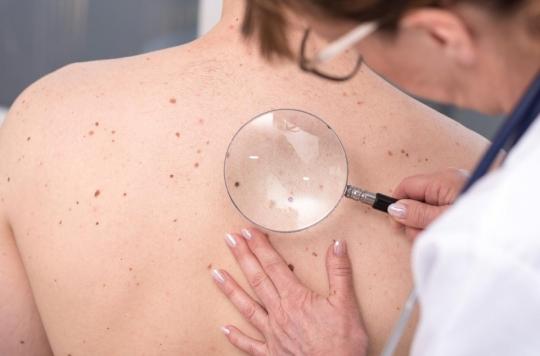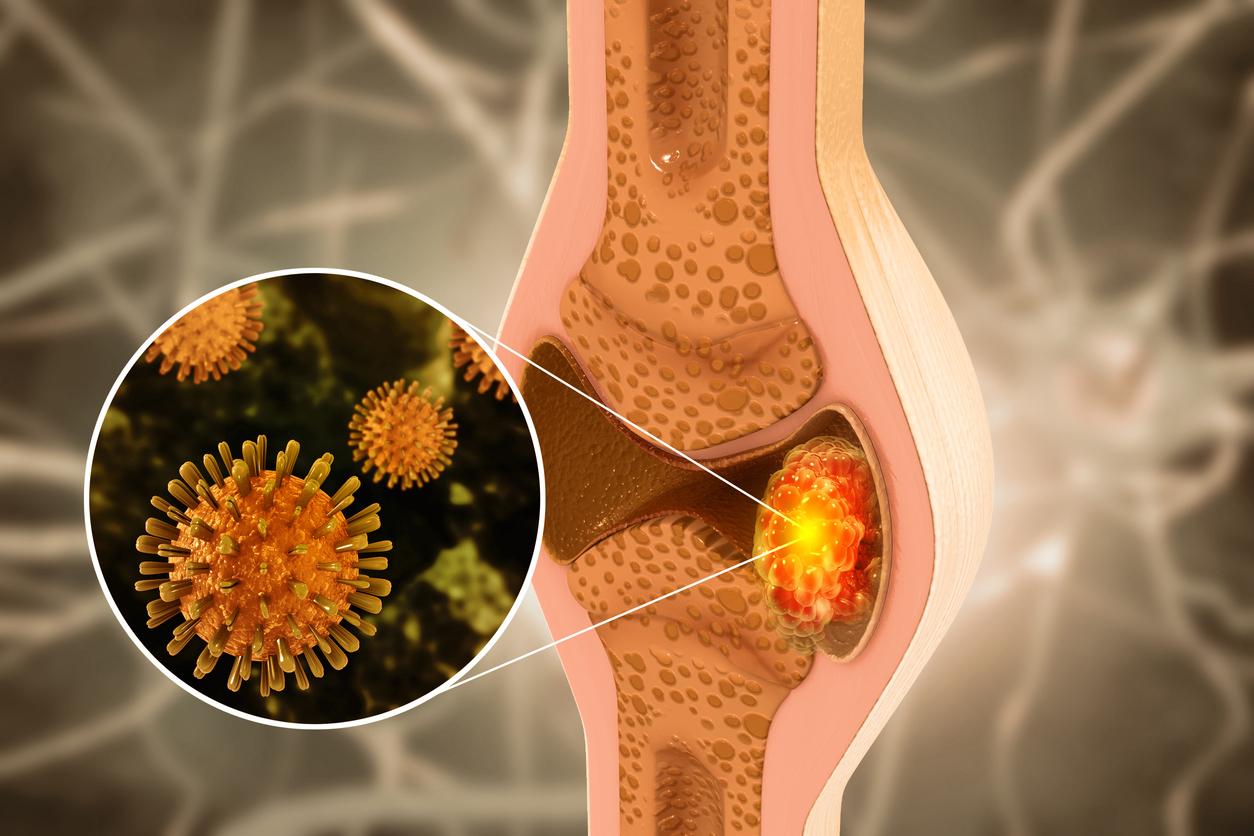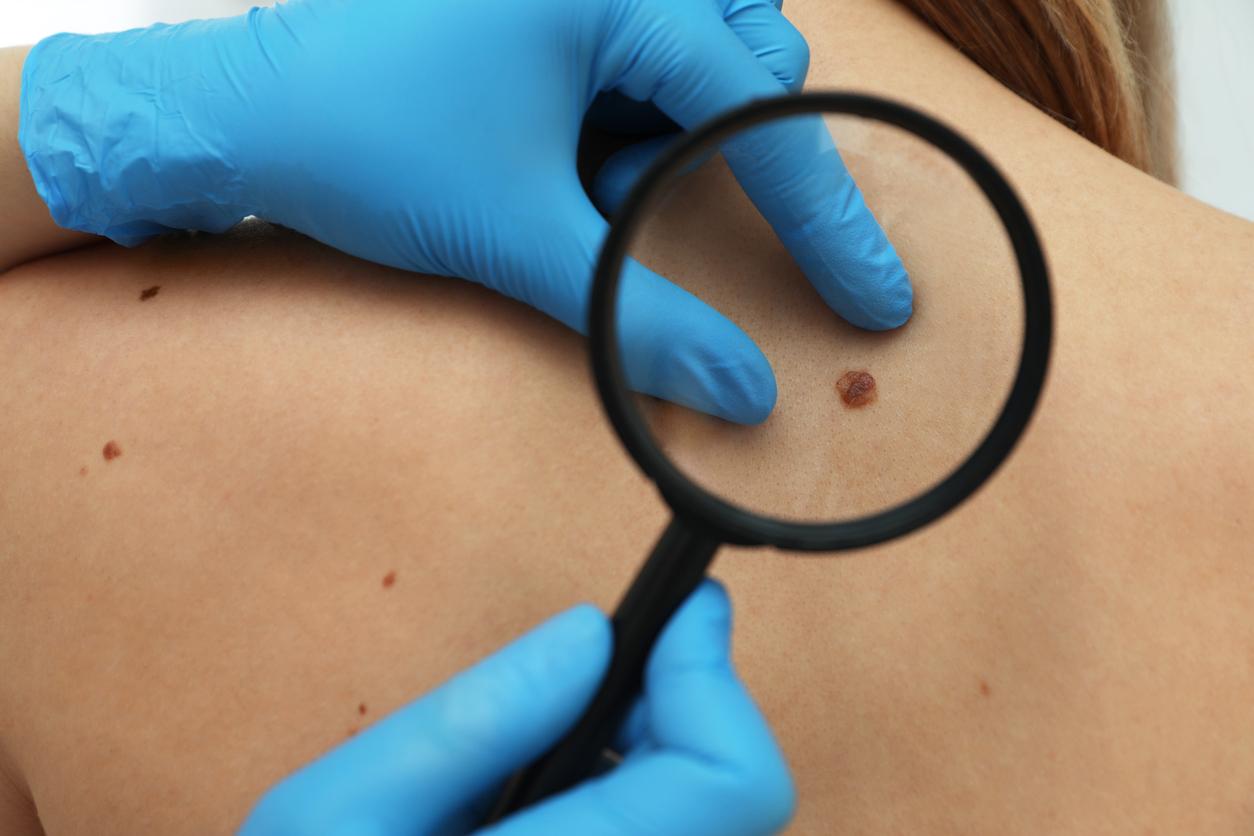As every year, the National Union of Dermatologists-Venereologists (SNDV) organizes awareness days during which volunteer dermatologists will provide free consultations.

Cutaneous melanoma is one of the cancers whose incidence and mortality have risen sharply since the 1980s, in particular because of our exposure to the sun and UV tanning centers, which drain our sun capital and promote the appearance of cancerous lesions. Contrary to popular belief, melanomas do not always develop from a mole and can appear in unlikely places, such as under the fingernail. Either way, getting tested is essential.
Each year, the National Union of Dermatologists-Venereologists (SNDV) organizes awareness days for this purpose during which volunteer dermatologists provide free consultations. This year, they will be held from May 20 to 24. To participate, it’s simple: you can register online on the platform dermatos.fr. People said to be at risk, that is to say with many moles, very clear skin and eyes, having a family history of skin cancer or having had many sunburns during childhood , will be given priority, specifies the SNDV.
70% of melanomas develop from healthy skin
There are three main skin cancers: basal cell carcinoma (BCC) whose evolution is very favorable under treatment, squamous cell carcinoma (or squamous cell carcinoma) which mainly affects the elderly and the most serious, cutaneous melanoma. In 2015, the latter affected 14,325 people and killed 1,773.
A study published in 2017 in the Journal of the American Academy of Dermatology shows that more than 70% of melanomas develop from healthy skin, without spots or skin lesions. The confusion comes from the fact that the melanoma appears as a small pigmented and irregular spot, suggesting that it is a mole. “Patients and doctors should be aware that skin without moles is at greater risk of developing melanoma,” explained Dr. Riccardo Pampena, onco-dermatologist at the Istituto di Ricovero e Cura a Carattere Scientifico (Italy). .
How to recognize a mole at risk?
But in order not to overlook the 30% risk of developing cutaneous melanoma from a mole, dermatologists have invented a mnemonic device to promote self-screening: the ABCDE rule, for Asymmetrical, Edges, Color, Diameter and Evolution. A spot that exhibits one of the following characteristics is then suspect: Asymmetry, Irregular edges, Inhomogeneous color, Increasing diameter, or Growing rapidly.

Credit: Information brochure of the National Syndicate of Dermatologists-Venereologists on melanoma.

.














